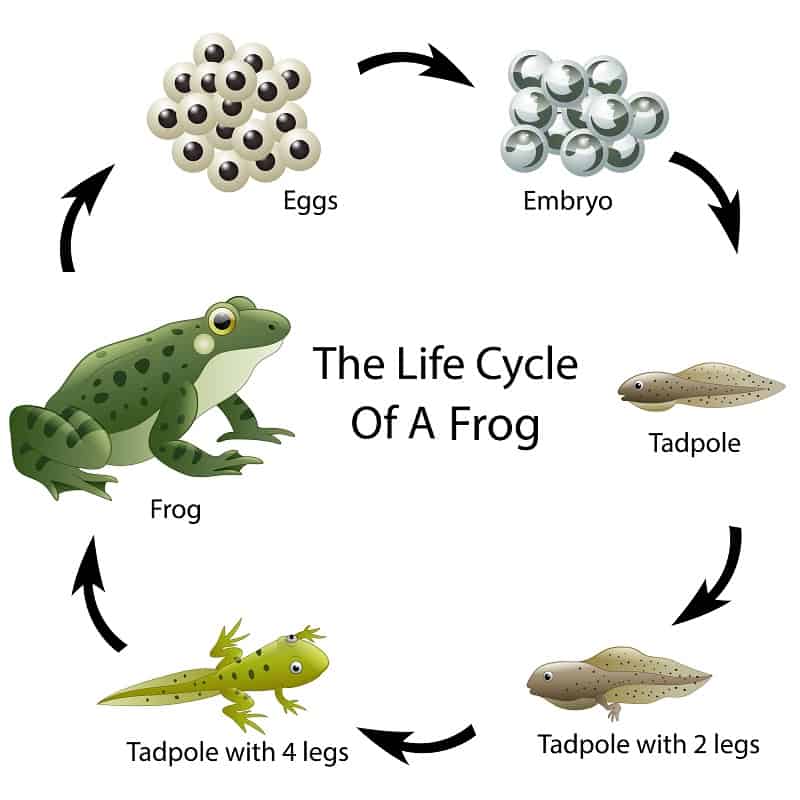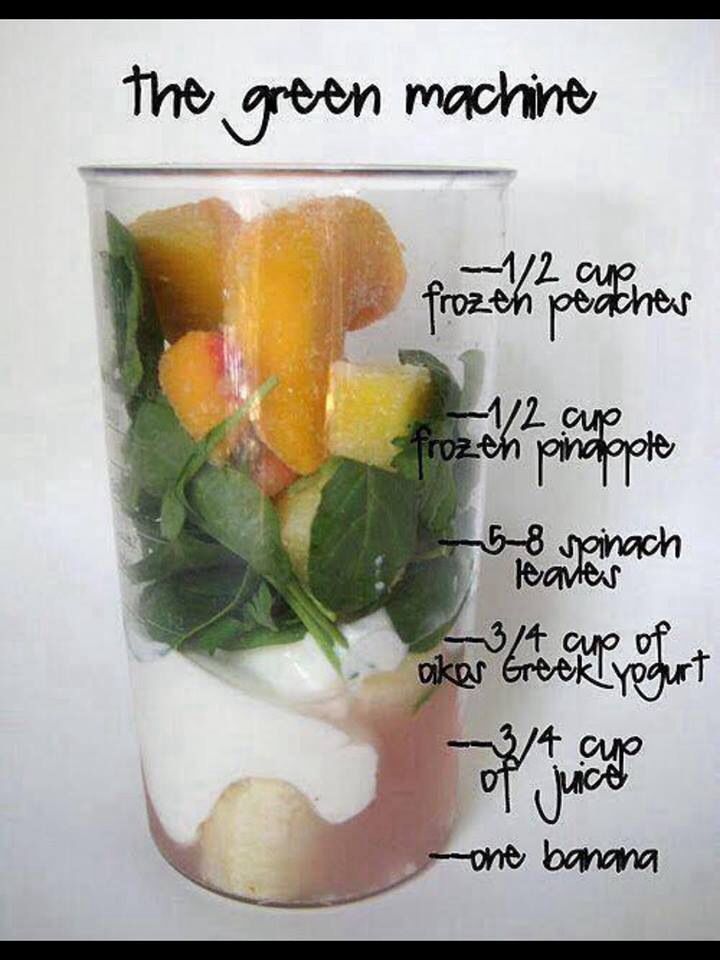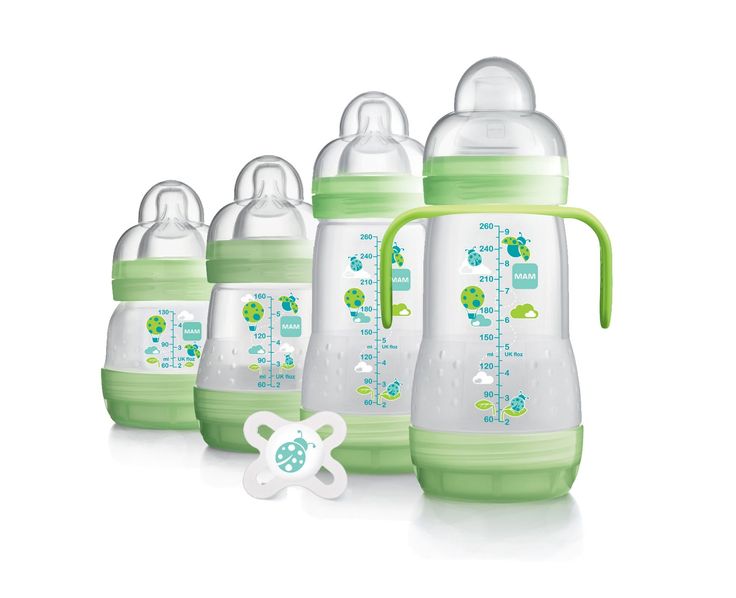Dual feeding baby
How to combine breast and bottle feeding
It can take several weeks for you and your baby to feel happy and confident with breastfeeding.
Once you've both got the hang of it, it's usually possible to offer your baby bottles of expressed milk or formula alongside breastfeeding.
This is sometimes called mixed or combination feeding.
Why combine breast and bottle?
You may want to combine breastfeeding with bottle feeding if you:
- are breastfeeding and want to use a bottle to offer your baby some expressed breast milk
- want to breastfeed for some of your baby's feeds, but give bottles of formula for 1 or more feeds
- are bottle feeding your baby and want to start breastfeeding
- need to leave your baby and want to make sure they have some milk while you're away
Introducing formula feeds can affect the amount of breast milk you produce. There is also a small amount of evidence to show babies may not breastfeed as well because they learn to use a different kind of sucking action at the bottle than at the breast.
These things can make breastfeeding more difficult, especially in the first few weeks when you and your baby are still getting comfortable with breastfeeding.
Your breastmilk supply will usually not be affected if you start bottle feeding your baby when they are a bit older, you are both comfortable with breastfeeding, and you breastfeed every day.
Introducing formula feeds
If you're combining breastfeeding with formula feeds both you and your baby can carry on enjoying the benefits of breastfeeding.
If you choose to introduce infant formula:
- it's best to do it gradually to give your body time to reduce the amount of milk it makes – this helps lower your chance of getting uncomfortable, swollen breasts, or mastitis
- if you're going back to work, start a few weeks beforehand to give both of you time to readjust
- if your baby is 6 months old or more and can drink milk from a cup, you may not need to introduce a bottle at all
For more information, see drinks and cups for babies.
Giving your baby their first bottle
It may take a while for a breastfed baby to get the hang of bottle feeding, because they need to use a different sucking action.
- it usually helps to give the first few bottles when your baby is happy and relaxed – not when they're very hungry
- it may help if someone else gives the first bottle feeds, so that your baby is not near you and smelling your breast milk
- you might want to try using a different position for bottle and breastfeeding
See more advice on how to bottle feed.
Restarting breastfeeding
If you want to start breastfeeding more and give your baby fewer bottles, it's a good idea to ask your midwife, health visitor or breastfeeding supporter for support.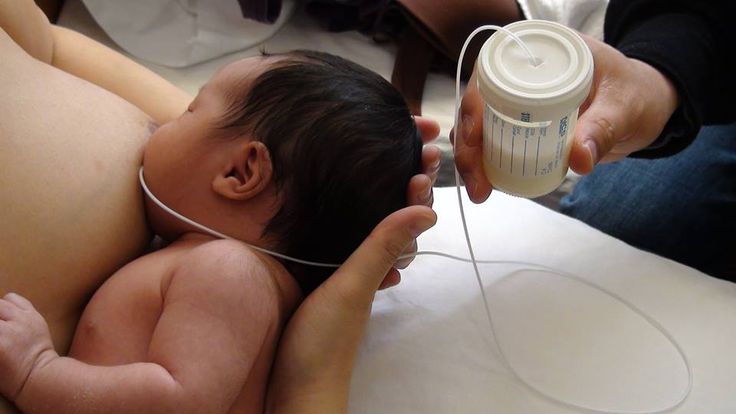
These tips may help too:
- Hold and cuddle your baby as much as possible, ideally skin to skin. This will encourage your body to make milk and your baby to feed.
- Express your breast milk regularly. Expressing releases the hormone prolactin, which stimulates your breasts to make milk. About 8 times a day, including once at night is ideal. It may be easier to express by hand to begin with – your midwife, health visitor or breastfeeding supporter can show you how.
- Try bottlefeeding while holding your baby skin to skin and close to your breasts.
- If your baby is latching on, feed little and often. Do not worry if your baby does not feed for long to begin with. See tips on how to get your baby properly positioned and attached.
- Choose times when your baby is relaxed, alert and not too hungry, and do not force your baby to stay at the breast.

- Decrease the number of bottles gradually, as your milk supply increases.
- Consider using a lactation aid (supplementer). A tiny tube is taped next to your nipple and passes into your baby's mouth so your baby can get milk via the tube as well as from your breast. This helps to support your baby as they get used to attaching to the breast. Your midwife, health visitor or breastfeeding supporter can give you more information.
See more tips on boosting your milk supply.
Help and support with mixed feeding
If you have any questions or concerns about combining breast and bottle feeding:
- talk to your midwife, health visitor or breastfeeding supporter
- call the National Breastfeeding Helpline on 0300 100 0212 (9.30am to 9.30pm, every day)
- find breastfeeding support near you
Video: why combine breast and bottle feeding?
In this video, 3 mothers discuss ways to combine breast and bottle feeding.
Media last reviewed: 22 March 2020
Media review due: 22 March 2023
Page last reviewed: 8 October 2019
Next review due: 8 October 2022
Mixed feeding | Pregnancy Birth and Baby
Mixed feeding | Pregnancy Birth and Baby beginning of content7-minute read
Listen
Key facts
- Mixed feeding is when your baby is fed formula and breastmilk.
- Regular mixed feeding can interfere with your milk supply.
- Sometimes there are good reasons to consider mixed feeding. These include breastfeeding problems and a baby with a low weight.
What is mixed feeding?
Mixed feeding is when your baby is fed formula as well as breastmilk.
Some parents decide to start mixed feeding and combine breastfeeding and bottle feeds. This can be for a range of reasons.
Mixed feeding can involve:
- breastfeeding and giving your baby formula
- breastfeeding and giving your baby a combination of expressed breast milk and formula
- breastfeeding and giving your baby donor breastmilk
- bottle feeding expressed breast milk, formula, and/or donor milk
Regular mixed feeding with formula can make breastfeeding more challenging as it can interfere with your milk supply. Some babies may start to prefer drinking from a bottle.
The way you feed your baby is a personal choice. You may choose to feed your baby just expressed breastmilk as you prefer to feed using a bottle.
It’s a good idea to talk to a health professional if you are thinking about introducing formula.
From birth your baby needs to be fed regularly to have good weight gains. Newborns need to feed about every 2 to 3 hours (8 to 12 times in a 24-hour period).
Why might I think about mixed feeding?
Although exclusive breastfeeding for the first 6 months is the ideal start for your baby, there are reasons why you may consider mixed feeding. These may include:
- issues with breastfeeding
- low breastmilk supply
- baby with a low weight
Issues with breastfeeding
Sometimes breastfeeding can be challenging (it’s important to remember that you and your baby are learning). Some of the challenges can include:
- having sore, cracked or bleeding nipples
- painful, blocked ducts in your breasts
- mastitis — an inflammation of your breast that can cause pain and flu-like symptoms
- oral thrush and/or breast and nipple thrush
- nipple vasospasm — where the blood vessels in your nipple tighten and go into a spasm, preventing blood from flowing normally
- inverted or flat nipples — consider getting advice from a professional about trying a nipple shield
- difficulty with baby attaching to your breast — this can often be resolved with positioning and attachment advice or it could be due to issues such as tongue-tie, or a cleft palate
- your baby becoming 'fussy' at the breast or refusing to feed
- being uncomfortable about breastfeeding in a public
- returning to work — while some people successfully combine breastfeeding with returning to work, others may prefer not to
You can get help for many of these issues. This might allow you to continue breastfeeding or return to exclusive breastfeeding.
This might allow you to continue breastfeeding or return to exclusive breastfeeding.
If you are having troubles breastfeeding, get support early. Talk to your midwife, child health nurse or organise a visit with a lactation consultant.
If you decide to move to mixed feeding, getting support can help you to continue with some breastfeeding as well.
Low breastmilk supply
You might worry that you don’t have enough breastmilk for your baby. Low milk supply may be temporary. Many people can build up their milk supply with the right help and support.
There are different things you can do to increase the amount of breastmilk you are producing. The best way to establish a healthy supply of breast milk is to start breastfeeding frequently. Make sure your baby is latching on correctly and emptying your breasts. Make sure you ask for help from a health professional.
Your baby’s weight and other measurements are recorded in your baby’s health record book. This helps check your baby’s health, growth and development against what is expected.
Signs that your baby is getting enough milk (after the first week of birth) include:
- 6 to 8 wet nappies (4 to 5 heavy disposable nappies) in a 24-hour period
- having 8 to 12 breastfeeds in 24-hours
- passing soft yellow poo (3 to 4 times a day if younger than 6 to 8 weeks)
- settling and sleeping between most feeds
- is back to birth weight in about 2 weeks
- gaining on average 150g or more every week for their first 3 months
A small number of people may have low supply due to: previous breast surgery, not having enough breast tissue or another medical reason. You may be able to produce some breastmilk and choose mixed feeding for your baby with donor milk or formula.
Baby with low weight
A parent who is considering mixed feeding may be worried that their baby is losing or not gaining enough weight. All babies grow differently, and their weight may change at different times.
Depending on the situation, a health professional might suggest that you need to introduce supplementary feeds for your baby. You can often give your baby expressed breastmilk or you may begin mixed feeding with formula.
You can often give your baby expressed breastmilk or you may begin mixed feeding with formula.
Sometimes a lower baby weight is nothing to be concerned about and only lasts for a short period of time due to a temporary milk supply or feeding issue.
Your health professional may say that your baby will benefit from mixed feeding if they were: born very prematurely (earlier than 32 weeks), had a very low birth weight (less than 1,500g), is unwell or has a medical condition.
How do I move from mixed feeding to breastfeeding?
If you are planning to increase breastfeeding again after mixed feeding, it’s important to keep up your breastmilk supply. Your healthcare professionals or one of the organisations listed below can help support you to do this.
Where can I get more help?
It's important to know that many breastfeeding and baby weight gain issues can be solved with the help of someone skilled in breastfeeding support.
You can call Pregnancy, Birth and Baby on 1800 882 436 to speak to a maternal child health nurse. Alternatively, you can contact:
Alternatively, you can contact:
- a registered lactation consultant
- your maternal child health nurse
- your midwife
- your doctor
- the Australian Breastfeeding Association Breastfeeding Helpline: 1800 686 268 (1800 mum 2 mum)
Depending on your circumstances and your baby's age, they can advise you on:
- how much formula to give your baby
- how many times a day to give formula
- when to move back to exclusive breastfeeding, if relevant
Speak to a maternal child health nurse
Call Pregnancy, Birth and Baby to speak to a maternal child health nurse on 1800 882 436 or video call. Available 7am to midnight (AET), 7 days a week.
Sources:
Council of Australian Governments (COAG) Health Council (Australian National Breastfeeding Strategy 2019 and beyond), Australian Breastfeeding Association (Mixed feeding), The Royal Women’s Hospital (Breastfeeding problems), Royal Women's Hospital (Low milk supply)Learn more here about the development and quality assurance of healthdirect content.
Last reviewed: September 2022
Back To Top
Related pages
- Feeding your baby with formula
- Breastfeeding your baby
- Paid and unpaid parental leave – things to consider
Need more information?
Mixed feeding | Australian Breastfeeding Association
If you decide to introduce formula, you can keep breastfeeding too. Find out how to balance the feeds.
Read more on Australian Breastfeeding Association website
Mixed feeding: supplementing with formula | Raising Children Network
Worried your baby isn’t getting enough breastmilk? Mixed feeding, or supplementing with formula, might help. Start by talking with your midwife, nurse or GP.![]()
Read more on raisingchildren.net.au website
Weaning
Weaning is what happens as you stop breastfeeding your baby or toddler. Find out here how to start weaning your child to a bottle or cup.
Read more on Pregnancy, Birth & Baby website
When can babies drink water?
You may wonder when it is safe to start giving your baby water. Whether you are breastfeeding or formula feeding, learn how and at what age to get started.
Read more on Pregnancy, Birth & Baby website
How your baby gains weight
All babies will gain weight differently, but there are some guidelines for healthy weight gain.
Read more on Pregnancy, Birth & Baby website
Breastfeeding tips - Ngala
There are many things you can do to support breastfeeding as your baby grows and develops
Read more on Ngala website
How will you feed your baby?
One of the most important choices you need to make as a new mum is how you will feed your baby. Find out about the different options.
Find out about the different options.
Read more on Pregnancy, Birth & Baby website
Balancing introducing solids with milk feeds
Find out how to get started with introducing solid foods and balancing milk feeds. Learn about the best foods to start with.
Read more on Pregnancy, Birth & Baby website
All about baby poo
Babies poo! Some poo after every feed, while others can go for days without a dirty nappy. But what you do find in the nappy can say something your baby's health - learn more here.
Read more on Pregnancy, Birth & Baby website
Raising and feeding twins
Find out more on how to get your twins to sleep, feeding your twins, preparing for preschool and dealing with sibling rivalry.
Read more on Pregnancy, Birth & Baby website
Disclaimer
Pregnancy, Birth and Baby is not responsible for the content and advertising on the external website you are now entering.
OKNeed further advice or guidance from our maternal child health nurses?
1800 882 436
Video call
- Contact us
- About us
- A-Z topics
- Symptom Checker
- Service Finder
- Linking to us
- Information partners
- Terms of use
- Privacy
Pregnancy, Birth and Baby is funded by the Australian Government and operated by Healthdirect Australia.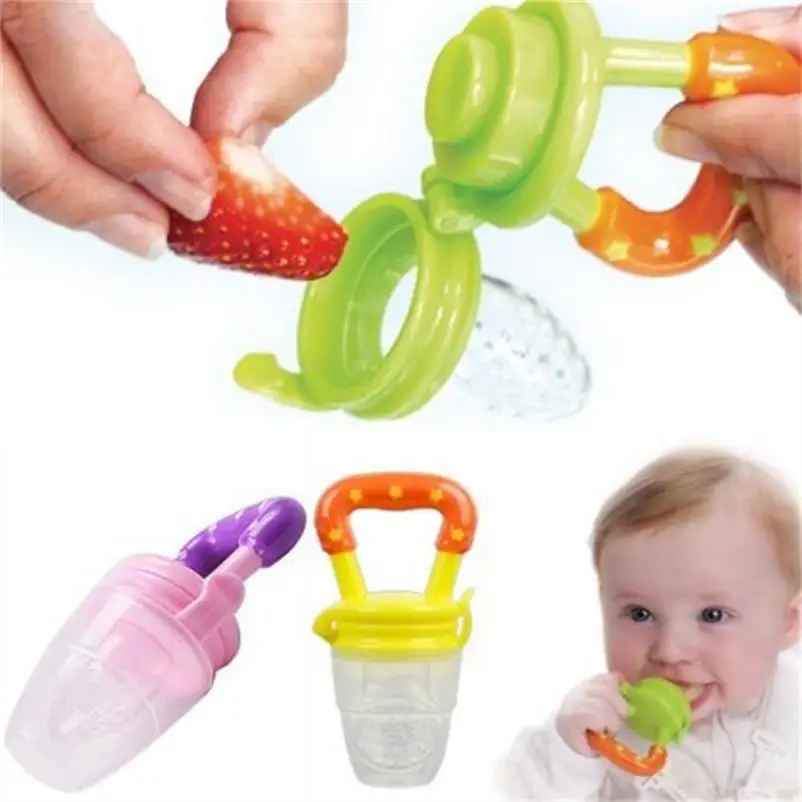
Pregnancy, Birth and Baby is provided on behalf of the Department of Health
Pregnancy, Birth and Baby’s information and advice are developed and managed within a rigorous clinical governance framework. This website is certified by the Health On The Net (HON) foundation, the standard for trustworthy health information.
This site is protected by reCAPTCHA and the Google Privacy Policy and Terms of Service apply.
This information is for your general information and use only and is not intended to be used as medical advice and should not be used to diagnose, treat, cure or prevent any medical condition, nor should it be used for therapeutic purposes.
The information is not a substitute for independent professional advice and should not be used as an alternative to professional health care. If you have a particular medical problem, please consult a healthcare professional.
Except as permitted under the Copyright Act 1968, this publication or any part of it may not be reproduced, altered, adapted, stored and/or distributed in any form or by any means without the prior written permission of Healthdirect Australia.
Support this browser is being discontinued for Pregnancy, Birth and Baby
Support for this browser is being discontinued for this site
- Internet Explorer 11 and lower
We currently support Microsoft Edge, Chrome, Firefox and Safari. For more information, please visit the links below:
- Chrome by Google
- Firefox by Mozilla
- Microsoft Edge
- Safari by Apple
You are welcome to continue browsing this site with this browser. Some features, tools or interaction may not work correctly.
Double Expression | What is double pumping? | Medela
Using a double breast pump allows you to express the maximum amount of milk. Find out what double pumping is and what benefits it can bring to you and your baby.
Share this information
Dr Danielle Prime , Breastfeeding Research Associate, Medela:
Danielle is an expert on oxytocin, the hormone responsible for the release of breast milk. Her research helped to gain a more complete understanding of the mechanism of lactation. Daniel works in the Department of Medical Research and conducts international clinical studies, the results of which are used in product development. nine0003
Her research helped to gain a more complete understanding of the mechanism of lactation. Daniel works in the Department of Medical Research and conducts international clinical studies, the results of which are used in product development. nine0003
Did you know that double pumping is much faster and more comfortable than single pumping? Double pumping is probably the most effective way to provide your baby with breast milk if your newborn baby is not breastfeeding, if you are at work or trying to increase your milk supply through regular pumping.
Why is double pumping convenient?
It's pretty obvious that double pumping saves time. In addition, scientific studies show that this method helps to increase the amount of milk you can express 1.2 . Medela experts decided to find out the reason and invited a group of mothers to participate in testing. During the first pumping, they used a double breast pump, and during the second, they pumped milk from each breast in turn.
Stimulation of additional milk flow
We were pleasantly surprised by the results of the study: during the double expression, mothers actually received significantly more milk - on average, its amount increased by 18% 3 . We were also able to find out the reason: with double stimulation, the hormone oxytocin, which regulates the flow of milk, is more actively released, so the mothers had an additional rush.
Of course, babies are the real experts when it comes to getting mother's milk. But double pumping is a process that is closer in its mechanism to natural feeding than single pumping. There is a theory that although the baby suckles only one breast, close contact with the mother during feeding stimulates the release of oxytocin. Since double pumping involves double contact and stimulation, this method works in a similar way: the mother releases additional oxytocin, and the amount of breast milk increases. nine0003
Although double pumping allows you to get more milk, there is no risk of overproduction. However, our study does not claim that double pumping is better than natural breastfeeding: it is that single sequential pumping is inferior to baby suckling, and double pumping is slightly closer to this gold standard.
However, our study does not claim that double pumping is better than natural breastfeeding: it is that single sequential pumping is inferior to baby suckling, and double pumping is slightly closer to this gold standard.
High fat milk
Another interesting discovery was that milk,
received by mothers with the help of double pumping was fatter than when pumping from each breast in turn 4 . Why? The main reason is the degree of breast emptying.
The fat content of milk steadily increases during feeding or pumping. Since double pumping causes extra flushing and increases milk flow by 18%, breasts are better emptied with this method. Thus, increased fat content is just a sign that double pumping is more complete emptying of the breast. The higher calorie content of breast milk is especially important for preterm babies, as they only eat a small amount of milk per day. nine0003
Another advantage of double pumping is that when the breast is well emptied, the body starts to produce more milk, while when the pump is incomplete, the body receives a signal that the baby has enough milk 5 . That is why regular and high-quality pumping is a key condition for stable milk production.
That is why regular and high-quality pumping is a key condition for stable milk production.
Choosing the right double breast pump
So we've found that double pumping is the way to go for women who express milk regularly. The next question is which breast pump to buy? Medela offers a variety of double breast pumps that can be used at home, at work or on the go, as well as the Symphony* double electronic clinical breast pump. It can be found in many maternity hospitals or rented for personal use. To purchase the most suitable device, please read our How to choose a breast pump guide. nine0003
Hands-free pumping: perfect for active moms
For maximum comfort, use the double breast pump in combination with the special Medela Easy Expression bustier top. This pumping top keeps breast shields securely in place, freeing up your hands. With this product, it will be easier for you to control the operation of the breast pump. In addition, you can play with your baby, eat, read, use your phone or computer while pumping.
More advice can be found on our website under Breastfeeding Tips. nine0003
Literature
- Jones E. et al. A randomized controlled trial to compare methods of milk expression after preterm delivery . Arch Dis Child Fetal Neonatal Ed 2001; 85(2): F91-F95. - Jones et al., Randomized controlled trial comparing pumping methods after preterm birth. Arch Dis Child Fetal Neoneutal Ed 2001; 85(2): F91-F95.
- Auerbach K.G. Sequential and simultaneous breast pumping: a comparison . Int J Nurs Stud. 1990; 27(3): 257–265. - Auerbach, CJ, "Sequential vs Simultaneous Pumping: A Comparison". Int J Nurse Stud. 1990; 27(3): 257–265.
- Prime D.K. et al. Simultaneous breast expression in breastfeeding women is more efficacious than sequential breast expression . Breastfeed Med. Dec 2012; 7(6): 442–447. - nine0059 Prime D.
 K. and co-authors. "During the period of breastfeeding, simultaneous pumping of both breasts is more productive than sequential pumping." Brestfeed Med (Breastfeeding Medicine). December 2012;7(6):442-447.
K. and co-authors. "During the period of breastfeeding, simultaneous pumping of both breasts is more productive than sequential pumping." Brestfeed Med (Breastfeeding Medicine). December 2012;7(6):442-447. - Prime DK et al. Breastfeed Med. 2012; 7:442-447 (Prime, D.K. et al. Breastfeeding Brestfeed Med. Dec. 2012; 7(6): 442-447). Prime, D.K. et al., Breastfeeding Med. December 2012; 7(6): 442-447.
- Kent J.C. et al. nine0059 Principles for maintaining or increasing breast milk production . J Obstet Gynecol Neonatal Nurs . 2012 Jan - Feb ; 41(1): 114–2 - Kent J.S. et al., "Principles for Maintaining and Increasing Milk Production". F Obstet Ginecol Neoneutal Nurs. Jan-Feb 2012;41(1):114-2
Read instructions before use. Consult a specialist about possible contraindications.
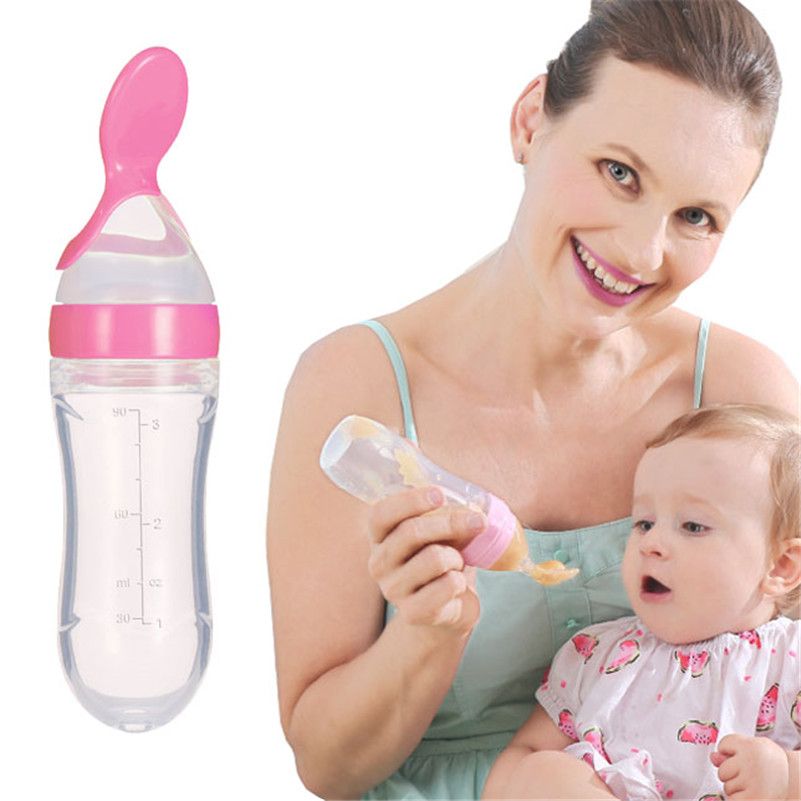
* RU No. ФСЗ 2010/06525 dated 03/17/2021
15 rules for breastfeeding
15 rules for breastfeeding
(based on WHO-UNICEF recommendations)
It has been proven that breast milk is the most complete food for a child in the first 6 months, and according to individual observations and during the first year of life.
Successful breastfeeding requires the following rules:
- Early attachment to the breast , within the first hour after birth.
- Eliminate pre-breastfeeding from a bottle or other method to avoid unwanted imprinting and not set the baby on any feeding other than breastfeeding.
- Joint maintenance of mother and child in one room. nine0068
- The correct position of the baby at the breast , which allows the mother to avoid many problems and complications with the breast. This should be taught to the mother in the maternity hospital or later with the help of a specialist and learn this on purpose.

- Feeding on demand . It is necessary to apply it to the chest for any reason, giving the opportunity to suckle the breast when he wants and how much he wants. This is very important not only for the saturation of the child, but also for his feeling of comfort and security. There is nothing wrong with the fact that the baby once again attaches to the breast. There is no harm in this, only gain. nine0068
- The duration of feeding is regulated by the child . You should not tear the baby from the breast before he releases the nipple.
- Night feedings of the baby provide stable lactation and protect the woman from milk stagnation, the next pregnancy. In addition, night milk is considered the most complete.
- No additional soldering or introduction of any liquids . If the child is thirsty, it should be applied to the breast more often. nine0068
- No teats or bottle feeding .
 If necessary, supplementation should be given only from a cup, from a spoon or from a pipette.
If necessary, supplementation should be given only from a cup, from a spoon or from a pipette. - The baby should not be transferred to the second breast before he has suckled the first breast . If the mother rushes to offer the baby a second breast, he will not get enough late milk rich in fats. In addition, it can lead to stagnation of milk.
- No nipple washing before and after feeding . Frequent breast washing removes the protective layer of fat from the areola and nipple, leading to cracking. The chest should be washed no more than once a day during a hygienic shower. If a woman takes a shower less often, then in this case it should be wiped before feeding with a damp cloth without using soap.
- Refusal of frequent control weighings of the child . This procedure does not provide objective information about the nutritional value of the infant. It only irritates the mother, leads to a decrease in lactation and unreasonable introduction of supplementary feeding.
 Objective figures are given by weighing 1-2 times a week. nine0068
Objective figures are given by weighing 1-2 times a week. nine0068 - Exclusion of extra milk expression . With properly organized breastfeeding, milk is produced exactly as much as the baby needs, so there is no need to express after each feeding. Expressing milk can lead to additional milk production that the baby cannot handle, which can lead to milk stasis (lactostasis). The need for pumping arises when the child is not sucking it enough and / or milk stagnation.
- A child under 6 months of age is exclusively breastfed and does not need additional nutrition and complementary foods. According to separate studies, he can be breastfed without prejudice to his health up to the age of 1 year.
- Support for mothers who breastfeed their children up to 1-2 years of age . Associating with women who have had positive breastfeeding experiences can help a new mother gain self-confidence and practical advice to help her breastfeed.





